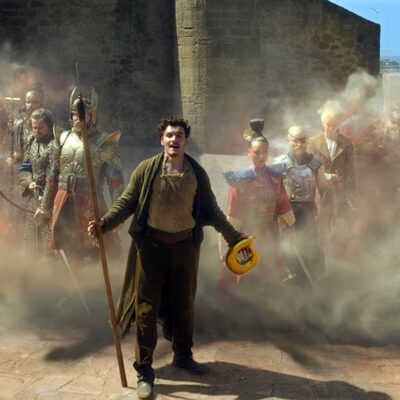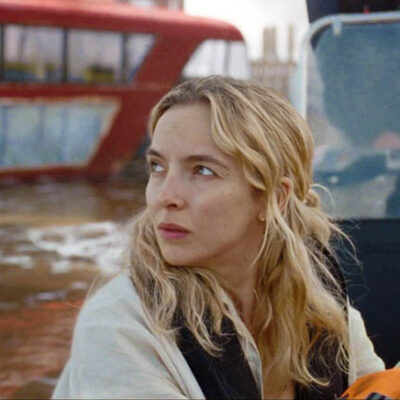By IAN FAILES

Westworld co-creator Jonathan Nolan on location. (Photo courtesy of HBO)
Upon receiving the VES Visionary Award at the 17th Annual VES Awards earlier this year, writer/producer/director Jonathan Nolan spoke of growing up idolizing pioneering filmmakers who innovated in visual effects. The Westworld co-creator pledged that “VFX is movies.”
That comment certainly endeared the VFX-strong audience at the Awards, but as Nolan continued, it was clear he revered the entire visual effects process, its history and the artists involved in it. “It’s an extraordinary privilege for me to be honored by this group – this is the club that I always wanted to join,” he said.
Nolan is certainly part of that club, having been involved with some of the most significant visual effects films in recent years writing (with his brother Christopher Nolan) on The Dark Knight, The Dark Knight Returns and Interstellar, and as a creator of the television shows Person of Interest and Westworld. His credits also include Memento and The Prestige.
HBO’s Westworld, in particular, which Nolan created with his wife, Lisa Joy, via their Kilter Films production company, arrived at a time when the bar had been set incredibly high for visual effects in television. The show has been recognized with both Emmy and VES Award accolades, and the showrunner is deeply embedded in the visual effects process.






















